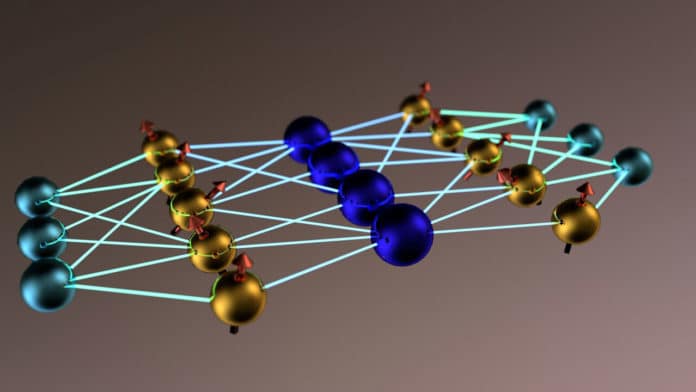Studying quantum systems made of many particles, scientists primarily need to simulate them. This should be possible by understanding the conditions depicting their internal workings on supercomputers.
But according to Moore’s law, the processing power of computers doubles every couple of years; this is a far cry from the power needed to tackle the challenges of quantum physics.
Professor Vincenzo Savona, who directs the Laboratory of Theoretical Physics of Nanosystems at EPFL suggests that the reason is that foreseeing the properties of a quantum system is quite tricky, demanding a computational power that grows exponentially with the size of the quantum system—an “intrinsically complex” task.
Professor Vincenzo Savona, who directs the Laboratory of Theoretical Physics of Nanosystems at EPFL said, “Things become even more complicated when the quantum system is open, meaning that it is subject to the disturbances of its surrounding environment. And yet, tools to efficiently simulate open quantum systems are much needed, as most modern experimental platforms for quantum science and technology are open systems, and physicists are constantly in search of new ways to simulate and benchmark them.”
Now, scientists at EPFL have made significant progress by developing a computational method that simulates quantum systems with neural networks. They combined advances in neural networks and machine-learning with quantum Monte Carlo tools, referring to an extensive toolkit of computational methods that physicists use to study complex quantum systems.
They then trained a neural network to represent simultaneously the many quantum states in which the influence of its environment can cast a quantum system.
Savona said, “The neural-network approach allowed us to predict the properties of quantum systems of considerable size and arbitrary geometry. This is a novel computational approach that addresses the problem of open quantum systems with versatility and a lot of potential for scaling up. The method is set to become a tool of choice for the study of complex quantum systems, and, looking a bit more into the future, for assessing the effects of noise on quantum hardware.”
The method was developed by Savona and his Ph.D. student Alexandra Nagy at EPFL—and independently by scientists at Université Paris Diderot, the Heriot-Watt University in Edinburgh, and the Flatiron Institute in New York. The total body of work is being published across three papers in Physical Review Letters.
